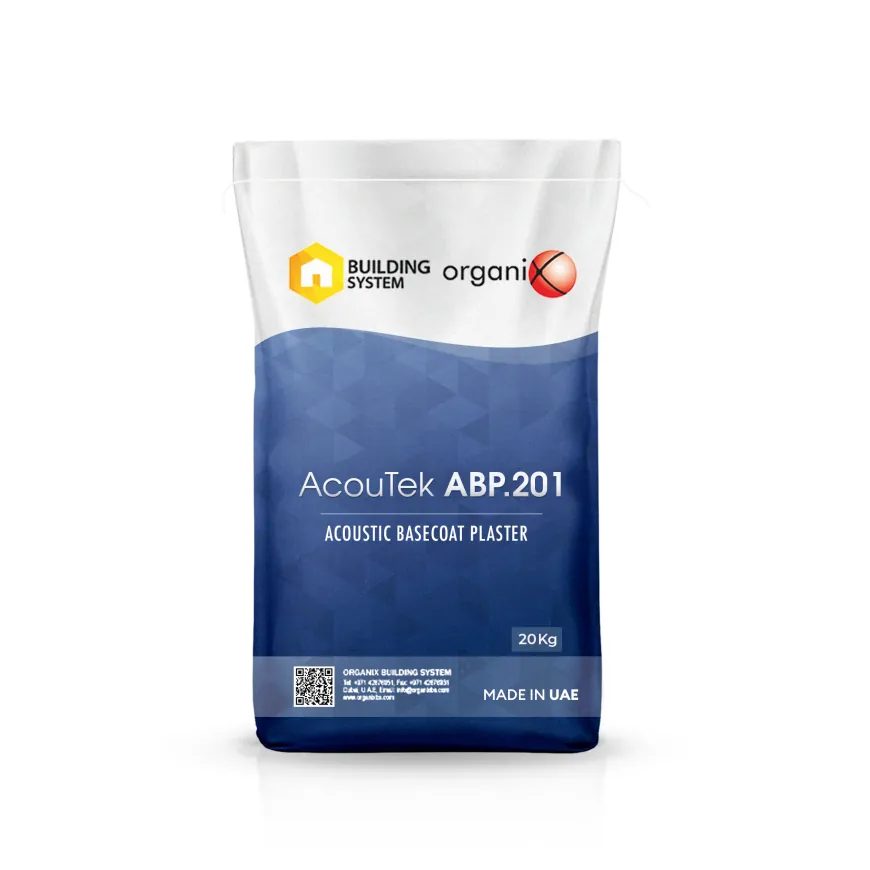The Future of Acoustic and Thermal Insulation in Smart Cities
acoustic insulation and thermal insulation

Introduction
As cities progress into smarter places, it is critical to create a livable and sustainable environment. Acoustic and thermal insulation are important considerations when designing and building in smart cities. These types of insulation help to save energy, reduce noise, and improve urban comfort, addressing some of the most pressing issues in rapidly urbanizing surroundings.
In this blog, we'll look at how acoustic insulation and thermal insulation are critical to the future of smart cities, how they affect quality of life, and how coming technologies will transform urban landscapes.
Why Do Smart Cities Need Advanced Insulation Solutions?
Smart towns combine technology and sustainable practices to improve citizens' quality of life. Acoustic and thermal insulation are critical components of this strategy, as they improve urban settings by
Reducing Noise Pollution: Because of their dense populations, cities are prone to excessive noise levels caused by transportation, construction, and other activities. Acoustic insulation reduces disruptions, resulting in calmer and more comfortable living and working environments.
-
Increasing Energy Efficiency: Thermal insulation regulates building temperatures, decreasing the demand for continuous heating or cooling. This not only reduces energy expenditures but also reduces greenhouse gas emissions, helping smart cities achieve their sustainability goals.
-
Improving interior Air Quality and Comfort: Insulated spaces are easier to keep at appropriate temperatures, which improves interior air quality and comfort, especially in cities where outdoor air quality may be harmed by pollution.
-
Improving Building Longevity: Both methods of insulation protect structures from outside temperature variations and moisture, minimizing wear and tear and contributing to long-term viability.
Innovative Acoustic Insulation for Urban Living
Noise is one of the most significant difficulties in densely populated places, and acoustic insulation is getting more imaginative to fulfill the needs of modern city dwellers. Here are some of the most recent advancements:
-
Smart Acoustic Panels: Smart acoustic panels are intended not just to block noise, but also to adapt to specific frequencies, lowering sound depending on the source. Some panels can even be designed to respond to voice requests, providing occupants more control over the aural environment in their homes.
-
3D-Printed Sound-Absorbing Materials: With 3D printing, acoustic materials may be personalized and precisely created. These sound-absorbing materials are designed for metropolitan environments, with a focus on reducing the impact of certain noises like traffic, construction, and public transportation.
-
Natural and Recycled Acoustic Solutions: In an effort to promote sustainability, acoustic insulation is increasingly composed of natural or recycled materials. These solutions not only reduce noise but also have a low environmental impact, making them desirable in eco-friendly smart cities.
-
Noise-Canceling Window Technology: Windows are frequently the principal entry point for noise in urban structures. Advances in noise-canceling glass and window technologies use many layers of soundproofing material, allowing city dwellers to enjoy quieter indoor environments without compromising views.
The Function of Thermal Insulation in Sustainable Urban Buildings
Thermal insulation is also vital for smart cities, where energy efficiency and reduced carbon footprints are top priorities. Thermal insulation innovations make buildings more efficient and sustainable, while also reacting to unique urban issues.
-
Phase-Change Materials (PCMs): are able to absorb, store, and release heat as they transition from solid to liquid and back. This allows them to naturally control indoor temperatures, decreasing the need for artificial heating and cooling.
-
Vacuum Insulated Panels (VIPs): are thin yet extremely effective insulation panels with exceptional thermal resistance. They are especially handy in metropolitan areas when space is at a premium.
-
Green Insulation Materials: Insulation materials derived from plant or recycled resources, such as sheep wool, hemp, and cellulose, are gaining popularity. These green materials provide good insulation while lowering the carbon impact of building materials.
-
Smart Insulation Systems with IoT Integration: IoT-enabled insulation systems can track temperature and energy use in real time. This integration enables smart city residents to remotely alter their insulation settings, hence improving energy efficiency based on occupancy and weather conditions.
Smart Buildings and IoT: Revolutionising Insulation
One of the distinguishing features of smart cities is the use of IoT (Internet of Things) technology, which includes insulation systems. IoT-powered insulation can detect and control temperature and sound levels in real time, making it easier to manage energy efficiency and comfort in urban structures. Here's how IoT is shaping the future of insulation.
-
Energy Optimization with Data Analytics: IoT sensors can collect data on temperature variations, insulation performance, and energy use. This information is then examined to improve insulation efficacy and reduce energy waste, hence promoting sustainability in smart cities.
-
Remote Monitoring & Control: Residents and building managers can remotely modify thermal and acoustic insulation levels based on occupancy, time of day, and weather. This adaptability increases energy efficiency and lowers expenses.
-
Predictive Maintenance for Insulation Systems: IoT enables predictive maintenance by detecting when insulation performance is compromised due to wear or damage. Early detection enables timely repairs, increasing the life of insulation and preserving peak performance.
The Effects of Insulation on Urban Quality of Life
Smart insulation solutions increase not just energy efficiency, but also the whole quality of life in smart cities. The following are important areas where acoustic insulation and thermal insulation have a good impact:
-
Enhanced Comfort and Privacy: Acoustic insulation reduces noise, giving city residents more privacy and comfort. This is particularly useful in multi-unit buildings, where shared walls and floors can increase sound disruptions.
-
Savings on Energy Bills: Effective thermal insulation minimizes the need for artificial heating and cooling, resulting in cheaper energy bills for homeowners. Over time, these savings can have a significant influence on household finances.
-
Reduced Urban Heat Island Effect: The urban heat island effect, which occurs when buildings and infrastructure retain heat, causes cities to experience higher temperatures. Buildings absorb and emit less heat as their thermal insulation improves, contributing to lower city temperatures generally.
-
Health and Wellness Benefits: Lowering noise pollution, improving indoor air quality, and maintaining consistent indoor temperatures all help residents' mental and physical well-being, resulting in better urban environments.
Challenges Ahead and the Path to Widespread Adoption
Despite these advancements, there are a few hurdles to widespread adoption of improved insulation in smart cities:
-
High initial costs: Advanced insulation solutions, particularly those that include IoT and smart technologies, can be costly. Initial expenses may deter some developers from fully implementing these solutions.
-
Retrofit Compatibility: Many cities contain older structures that were not designed with improved insulation in mind. Retrofitting these structures with contemporary insulation methods can be complicated and expensive.
-
Public Awareness: Residents may not completely comprehend the advantages of better insulation in terms of comfort, energy savings, and sustainability. Education and awareness are required to increase demand for these solutions.
Final Thoughts
Acoustic insulation and thermal insulation will be critical in the creation of habitable, energy-efficient, and sustainable urban environments as smart cities continue to expand. Advances in insulation technology are making buildings quieter, more energy-efficient, and more pleasant, resulting in a better quality of life for city dwellers. By solving the problems and embracing these technologies, smart cities may lead the way for a sustainable future in which both people and the environment flourish.
For both residents and developers, investing in innovative insulation technologies represents a commitment to a more sustainable, smarter future. As acoustic and thermal insulation technologies advance, they will play an increasingly important role in creating tomorrow's cities.
What's Your Reaction?
 Like
0
Like
0
 Dislike
0
Dislike
0
 Love
0
Love
0
 Funny
0
Funny
0
 Angry
0
Angry
0
 Sad
0
Sad
0
 Wow
0
Wow
0


















































